Making / Learning / Work was an adult learning innovation project hosted at the MIT Media Lab from September 2014 to May 2016. This site is an archive of the project documentation.
These ideas were created by participants of the IdeaShop (held at the MIT Media Lab in May 2014). They are currently in rough draft form. We welcome any feedback and questions you have as we work to refine these ideas.
1. Real Machinists of Detroit
Real Machinists of Detroit pairs skilled, unemployed workers with the needs of a city. RMD identifies a group of workers who have been laid off and matches them with real projects. It capitalizes on their existing skills whilst allowing them to develop new skills necessary to take on modern challenges in the city. Each group of machinists is supported by a mentor and in charge of managing and implementing a local project that benefits the community at large. For instance, in Detroit there are many skilled machinists who were laid off with the decline of the auto industry whose skills could easily be repurposed to rebuild abandoned public space.
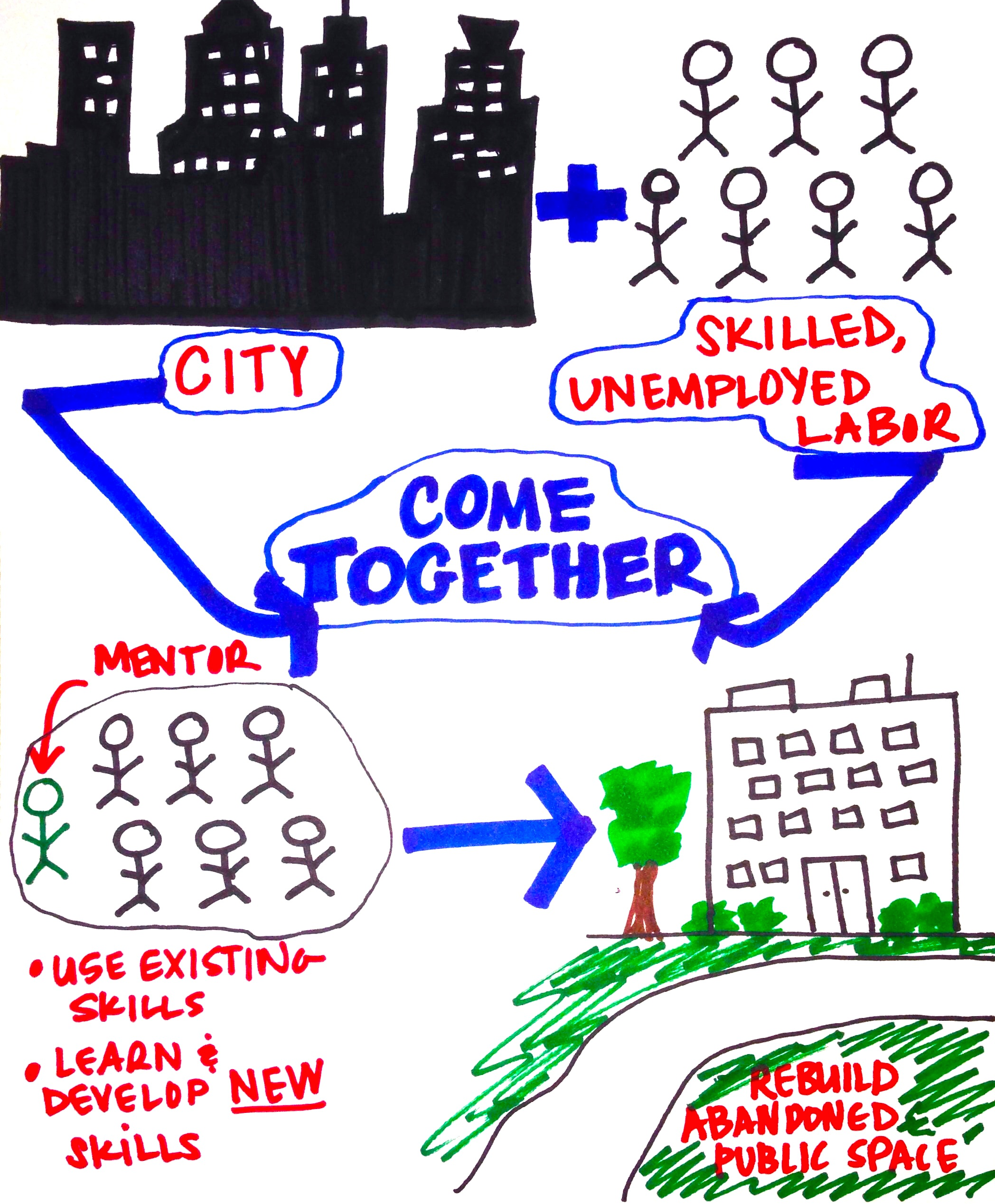
2. What’s My Path Forward?
“What’s my path forward?” seeks to make promotion within an organization more coherent and transparent, catering specifically to low-skilled workers. In articulating the specific requirements and expectations of jobs within an organization, this idea helps employees who may otherwise feel stagnant in their role and overwhelmed by what is required to be promoted, better manage their own trajectory. For instance, a dishwasher at a restaurant may feel a high barrier to promotion because she never fully understands the requirements of higher-paid jobs. If she could map out what she needs to be promoted (fluent English, cash management), she could frame job training around the fastest track to promotion.
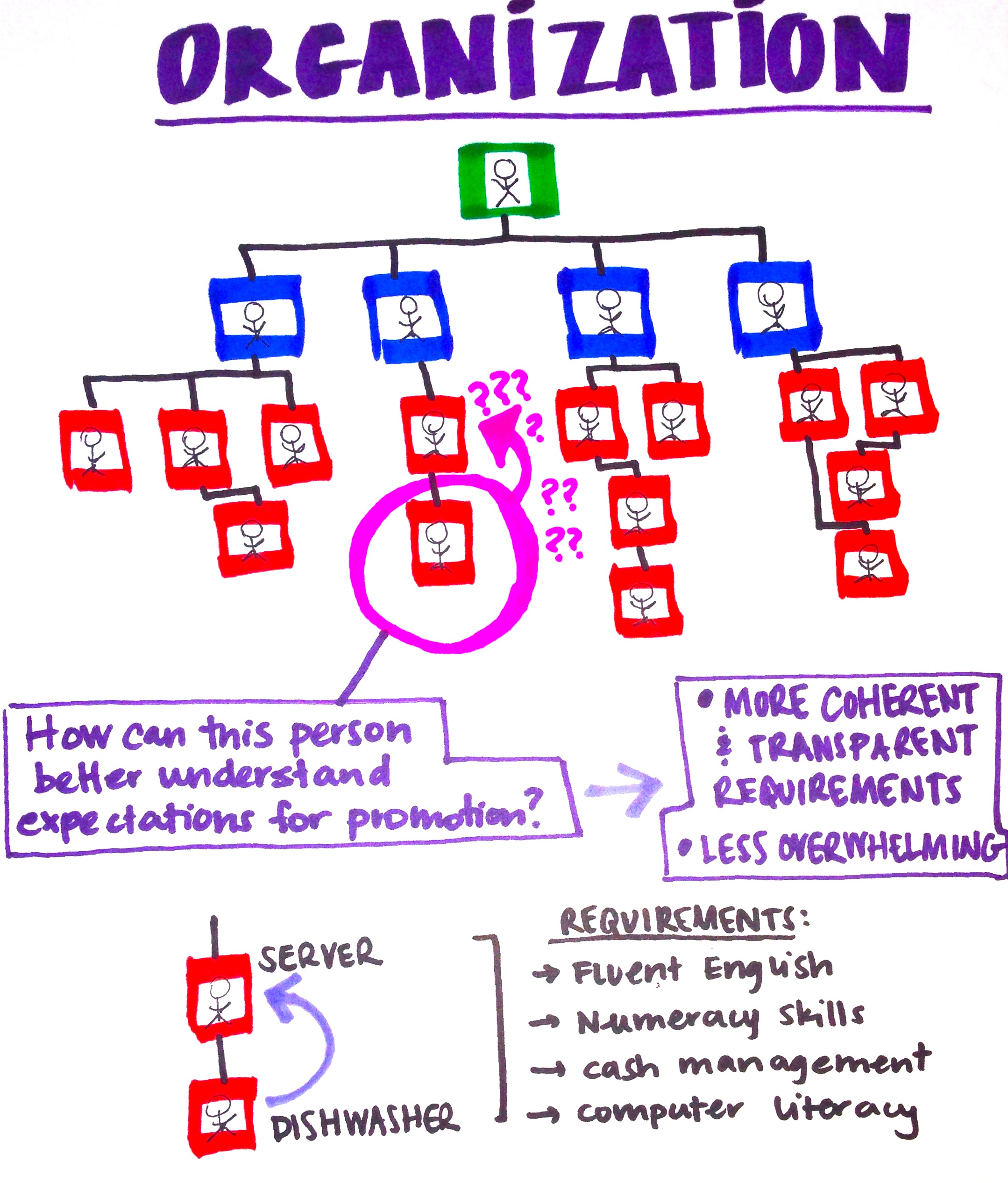
3. Libranet
A large component of web use in most library systems is job searching. Indeed, some libraries have begun training staff to help visitors apply for jobs. Libranet is a network facilitated by the library for residents to explore career opportunities and help set their own career goals. Users can see other people’s data, their goals, and make and receive suggestions. This could lead to physical meet-ups and peer support groups, and perhaps skills building teams that the library could organize workshops around. By doing this, Libranet finds new ways of collecting, extracting, and organizing data in order to make it sharable and actionable and helps find new ways to renew value in libraries as community spaces of learning.
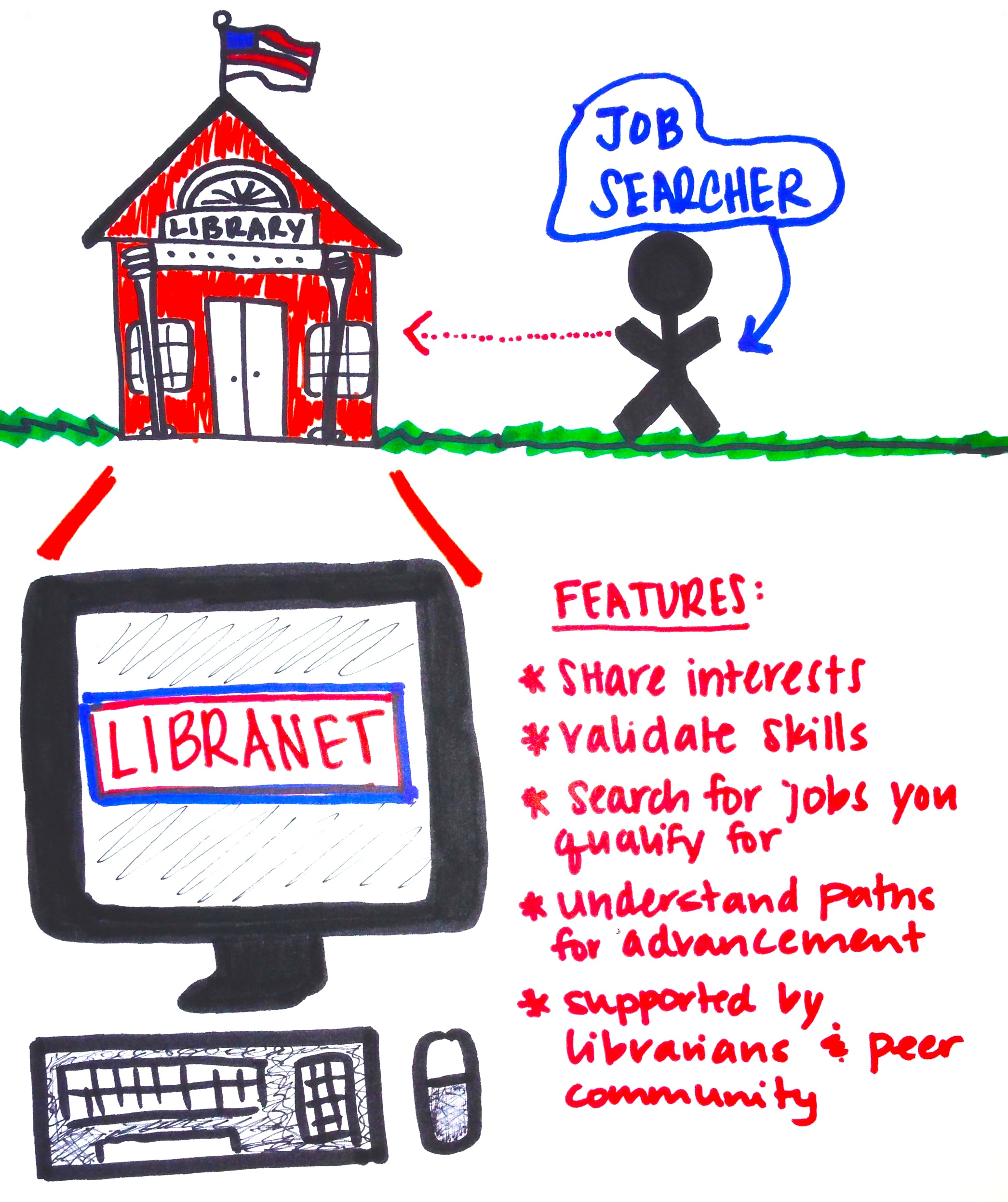
4. ESL Pen
English as a second language Pen (ESL Pen) is a lightweight, non-invasive way to document exploration of the English language for non-native speakers. With a corresponding earpiece, ESL Pen can not only remember what you write and play it back later, but also scan text and read it out loud in either English or native language. For example, a security guard who does not speak excellent English could use the Pen the supplement his work, not just to help him get through the day, but also to document places he is weak so that he can go back and study.
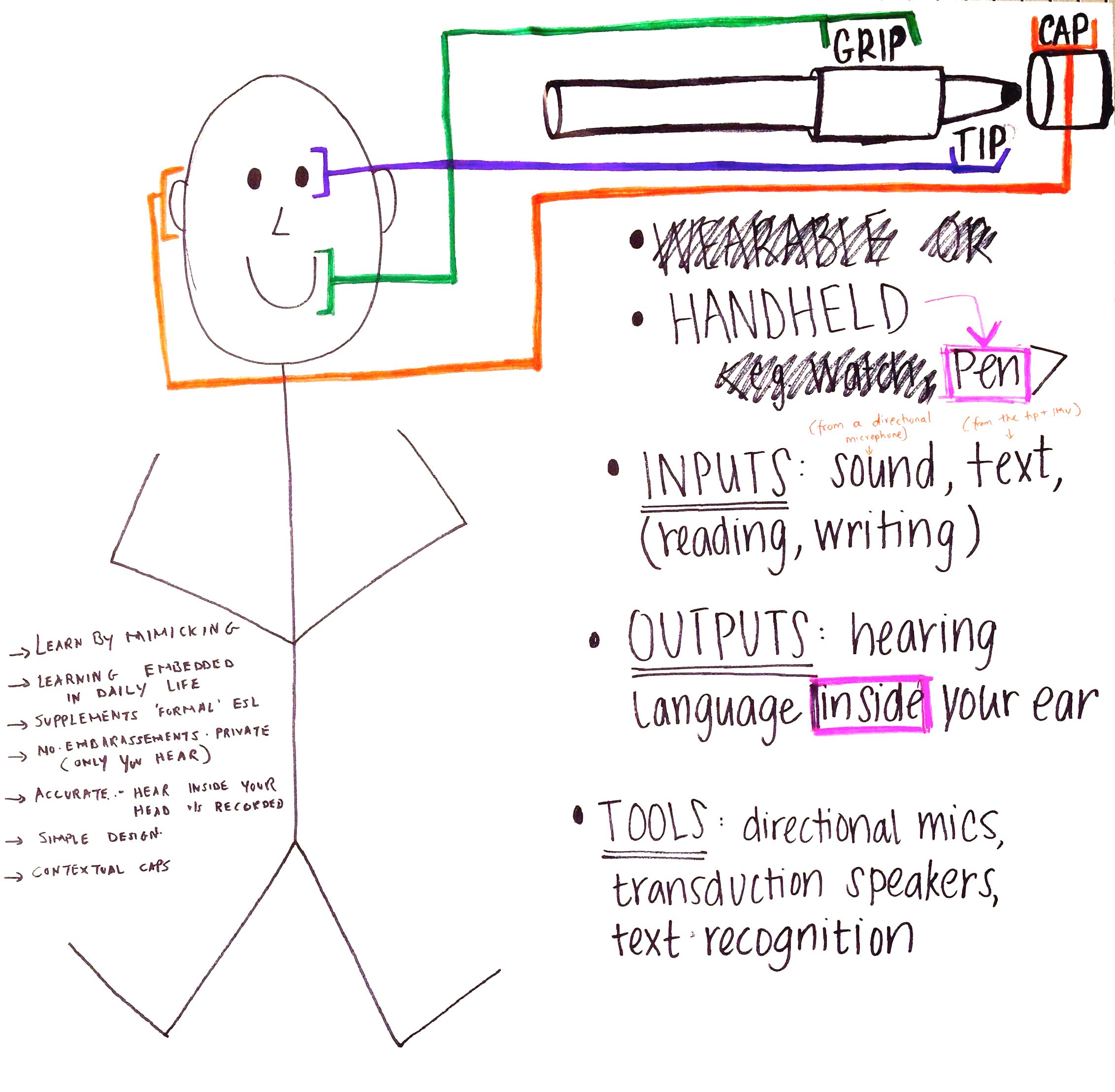
5. Asynchronous Audio Learning
Asynchronous Audio Learning (AAL) is a mobile tool that allows users to record audio and get near real-time translation. In addition to supporting comprehension in the moment, AAL archives recordings, allowing users to not only replay audio but also develop learning modules around text that is relevant to them. For example, a hospital employee may want to attend a lecture but is worried that she won’t understand everything. By recording on AAL, she can go back and listen on her commute home, supplementing the bits she doesn’t understand with translation in her native language.
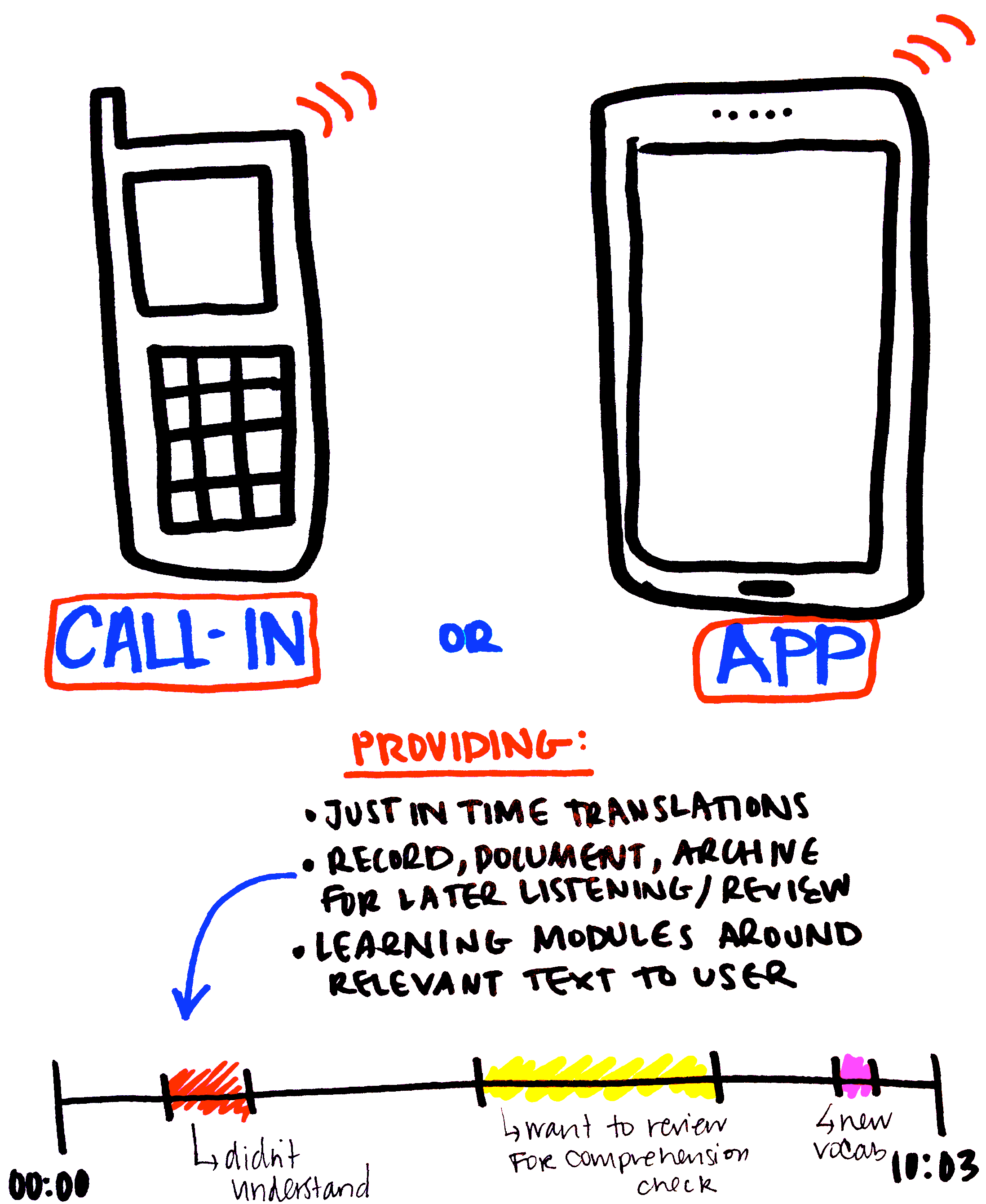
6. Mentor Match
Mentor Match pairs skilled, English-speaking community-members with low-skilled adult learners who are seeking new career pathways. Similar to online dating or volunteermatch.org, adult learners submit information about themselves and their goals and are paired with a community-member who can help motivate them and support them in their learning. For example, many banks require employees to do community service each year. These employees could have access to short biographies of adult learners who are looking for a mentor, or vice versa. In a facilitated environment, these pairs could meet and document progress.
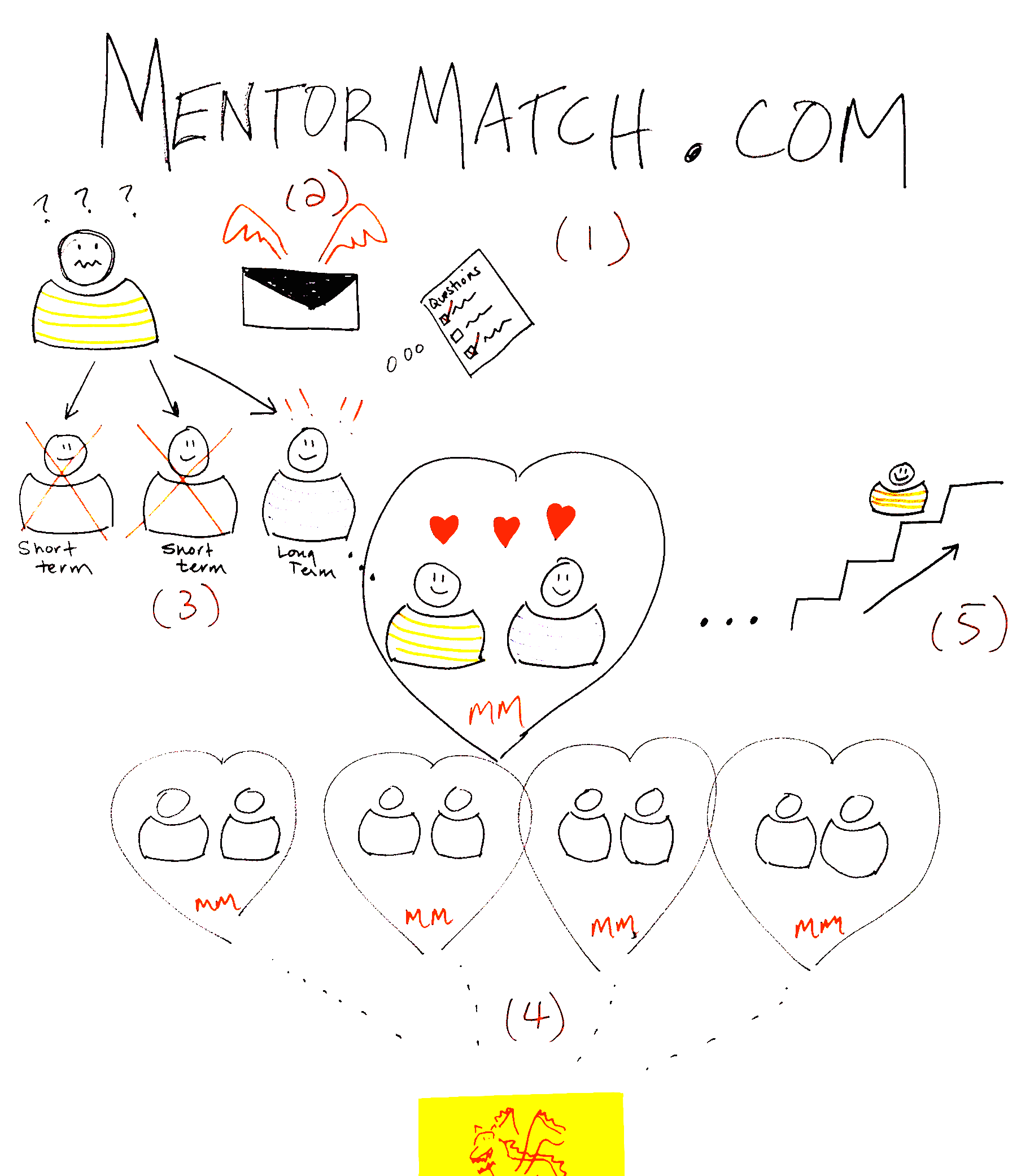
7. Random Events Lab
Random Events Lab is a low-risk environment for individuals to come and receive job training, interview support, and mock situations. REL seeks to support users in better understanding general expectations in a given workplace while still maintaining their individuality. REL consists of a series of life size projection screens that mimic real-life scenarios. For instance, a recent immigrant with a background in finance may come to better understand the expectations of the U.S. workplace and practice interviewing. Some of these scenarios may be automated but she may also have the opportunity to link up with potential employers and like-minded users who have common or complementary interests.
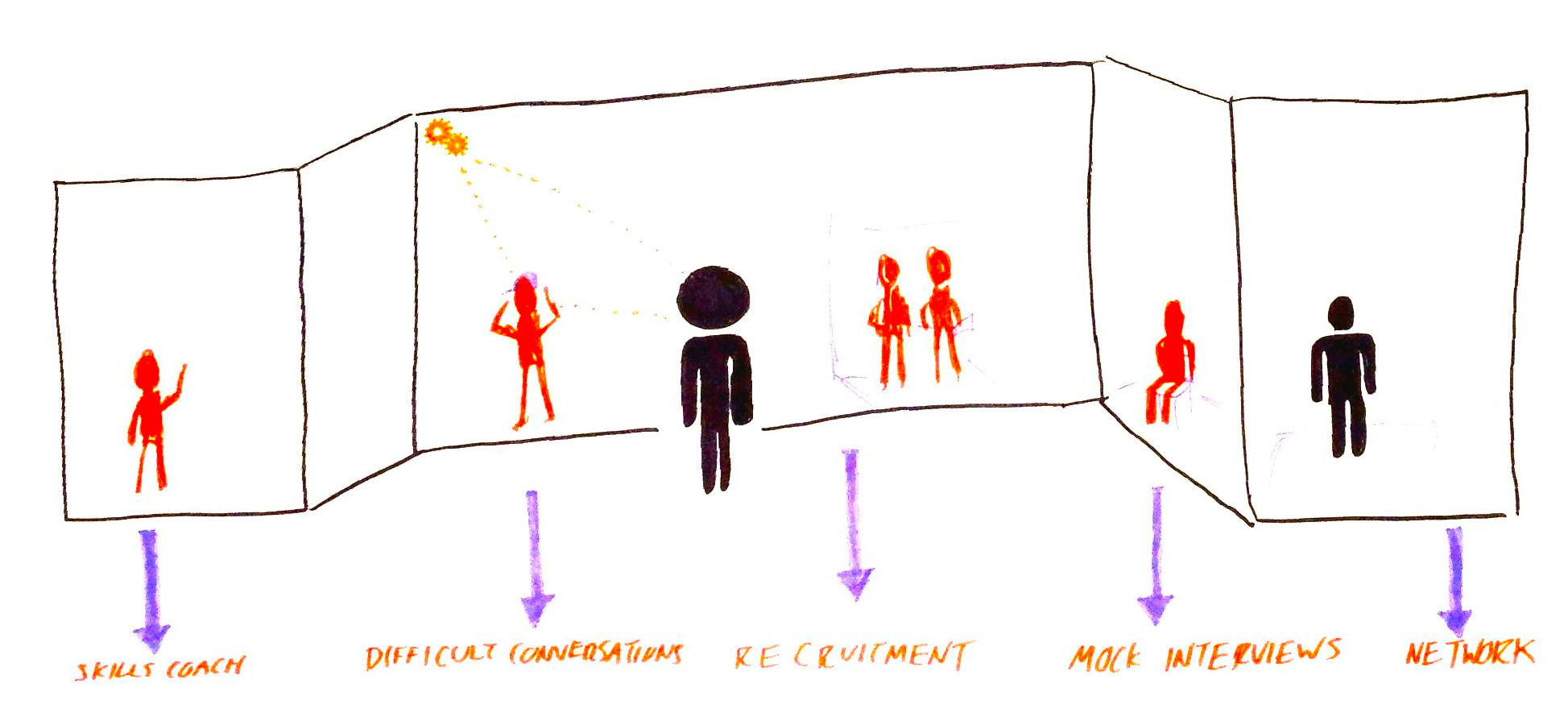
8. Xpress Me
Xpress Me is a mobile application designed to help users improve their literacy and numeracy skills while on their daily commute. It works by allowing the user to choose to “passively learn” (listen or read), or actively learn (answer questions and challenges). By making learning accessible during commute times, Xpress Me works to facilitate quick wins that continually motivate the user to keep using the platform. For example, a department store worker who takes the bus to work daily may choose to use Xpress Me to explore the option of becoming a nurse, learn about the profession, identify the skills that she needs, and then gradually do the reading required for the training. That way, when she goes to enroll in a nursing certification program, she is already halfway towards completing the certification.
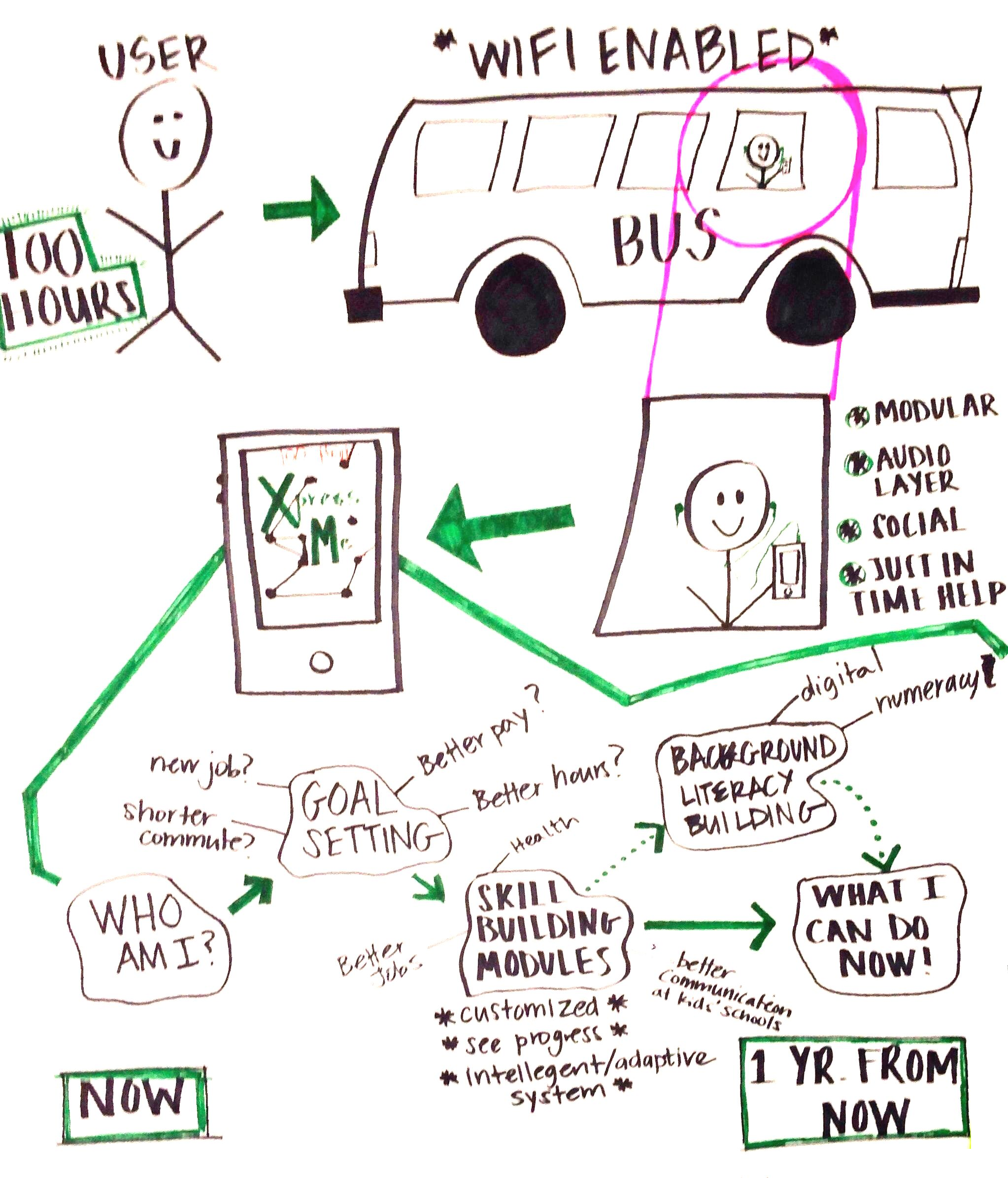
9. Rich and Passion
Rich and Passion seeks to support working students by creating a community for users to interact and offer academic support, motivation and help with non-academic needs. Based on co-located learners, users might ask for a ride to work if their car is broken down or find other students interested in a specific topic to ask questions to or get recommendations for outside learning material.
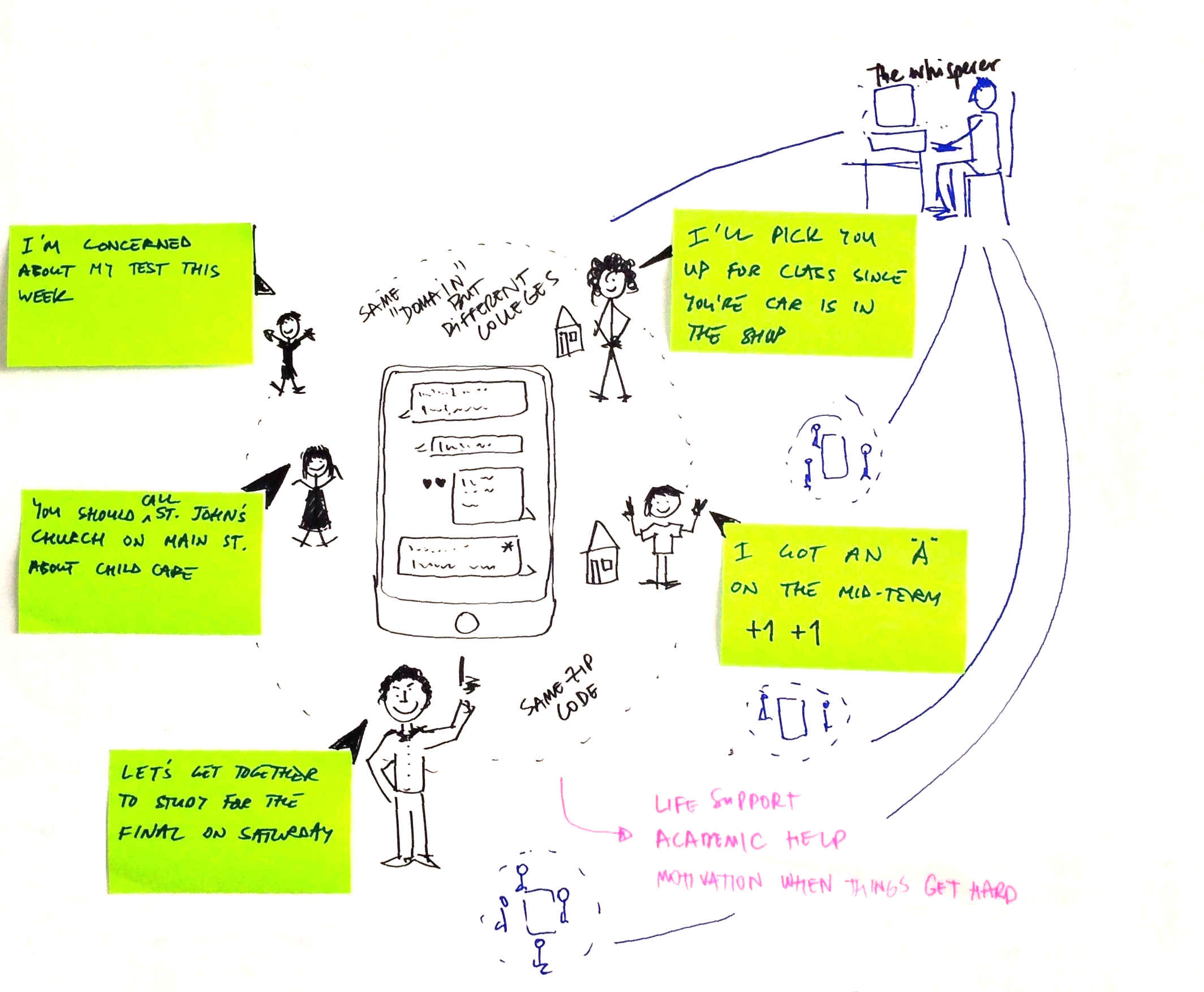
10. Foursquare for Learning
Foursquare for learning aims to identify even the smallest chunk of time that a user has to learn and use the context around them to help them learn relevant skills. For example, suppose a user is at the grocery store, waiting in the checkout line after getting food for her kids dinner. Foursquare for learning may suggest some relevant articles on basic child nutrition that she could listen to via her headphones, or prompt her to do a basic calculation to see how much she is spending on bread.
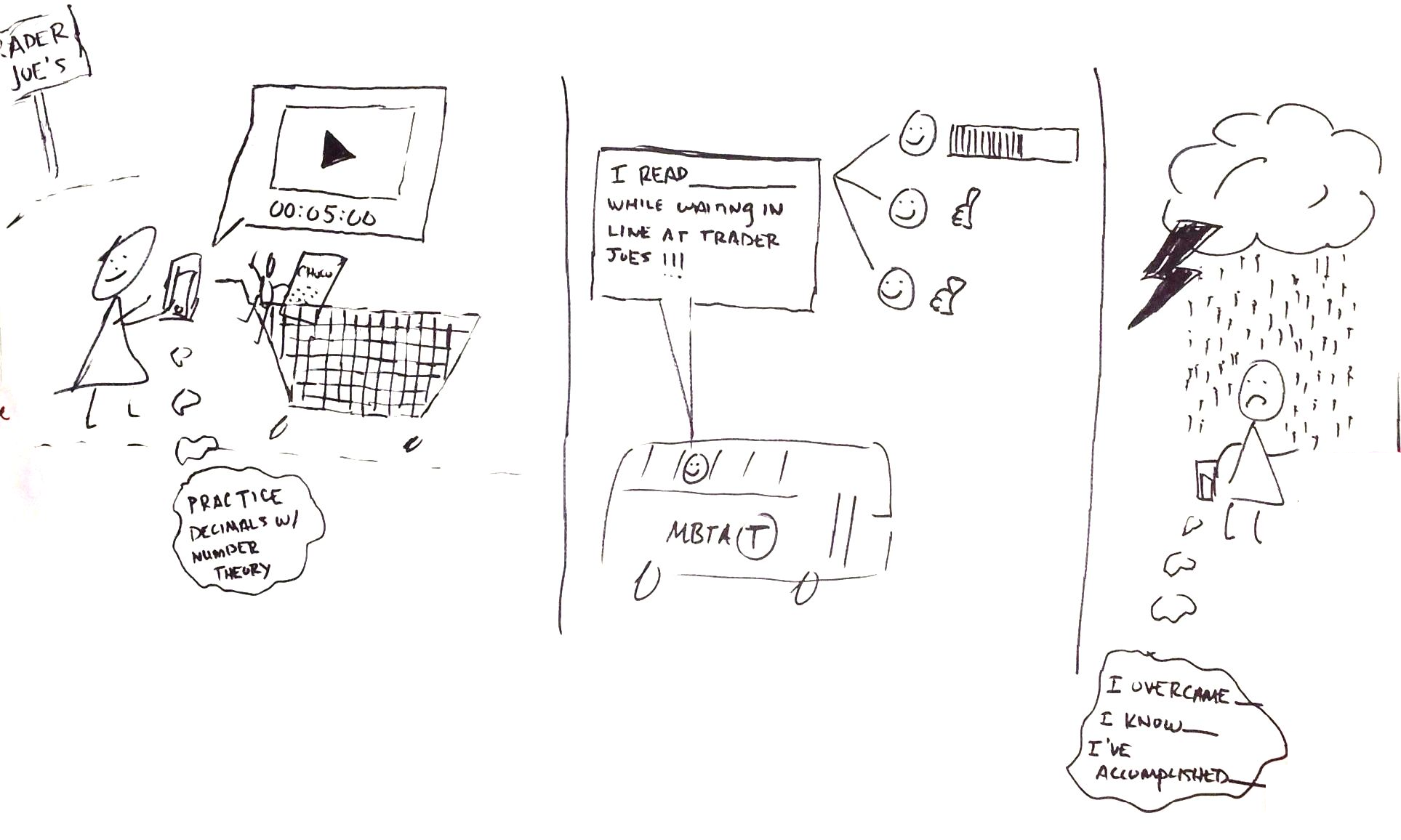
11. Tech Literacy
Many adults use smart phones but don’t understand their capabilities beyond basic functionality. Tech Literacy seeks to empower users to better understand their phones while at the same time gaining English proficiency. By linking mobile-based demos and tutorials with language modules, TL motivates English learners with the very pertinent goal of better understanding their device. For example, a recent immigrant with two children may need a phone to communicate with his children and look for work. He’d have a easier time keeping in touch with his family in his home country if he could utilize free text applications. In his spare time, he could go through tutorials on his phone that not only teach him how to do this, but do so while bolstering his English proficiency.
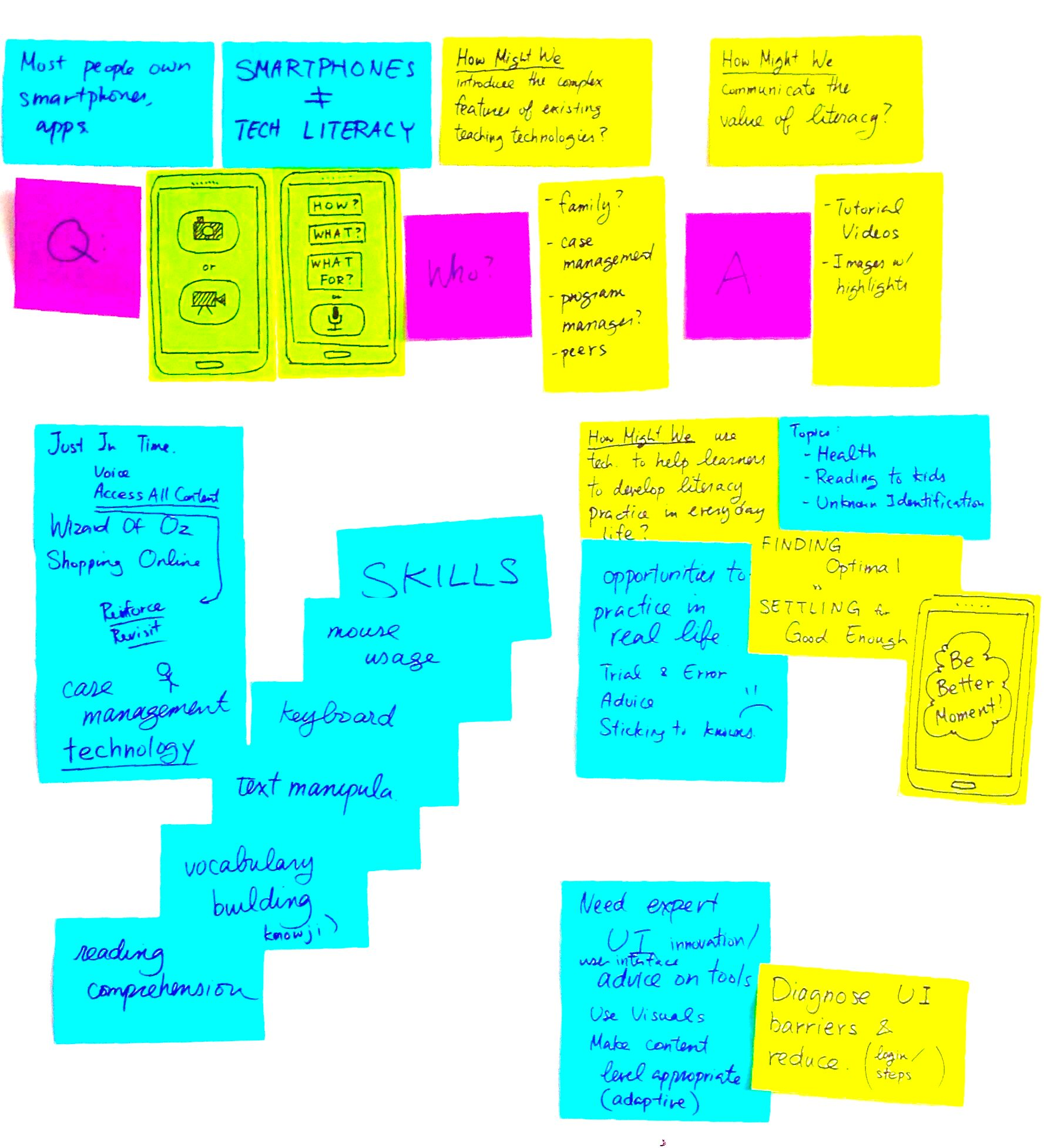
12. Storyteller
Many parents want to learn English to converse with their kids, who are learning English in school. Storyteller is a mobile application that allows parents to drag and drop sentences in order to customize a story to tell their kids. The sentences can be played out load, allowing parents learn how to say the words to their children and practice pronunciation. This interactive application empowers parents to engage their kids in their learning process, telling them compelling bedtime stories while simultaneously learning English vocabulary and practicing their speech and reading capabilities.
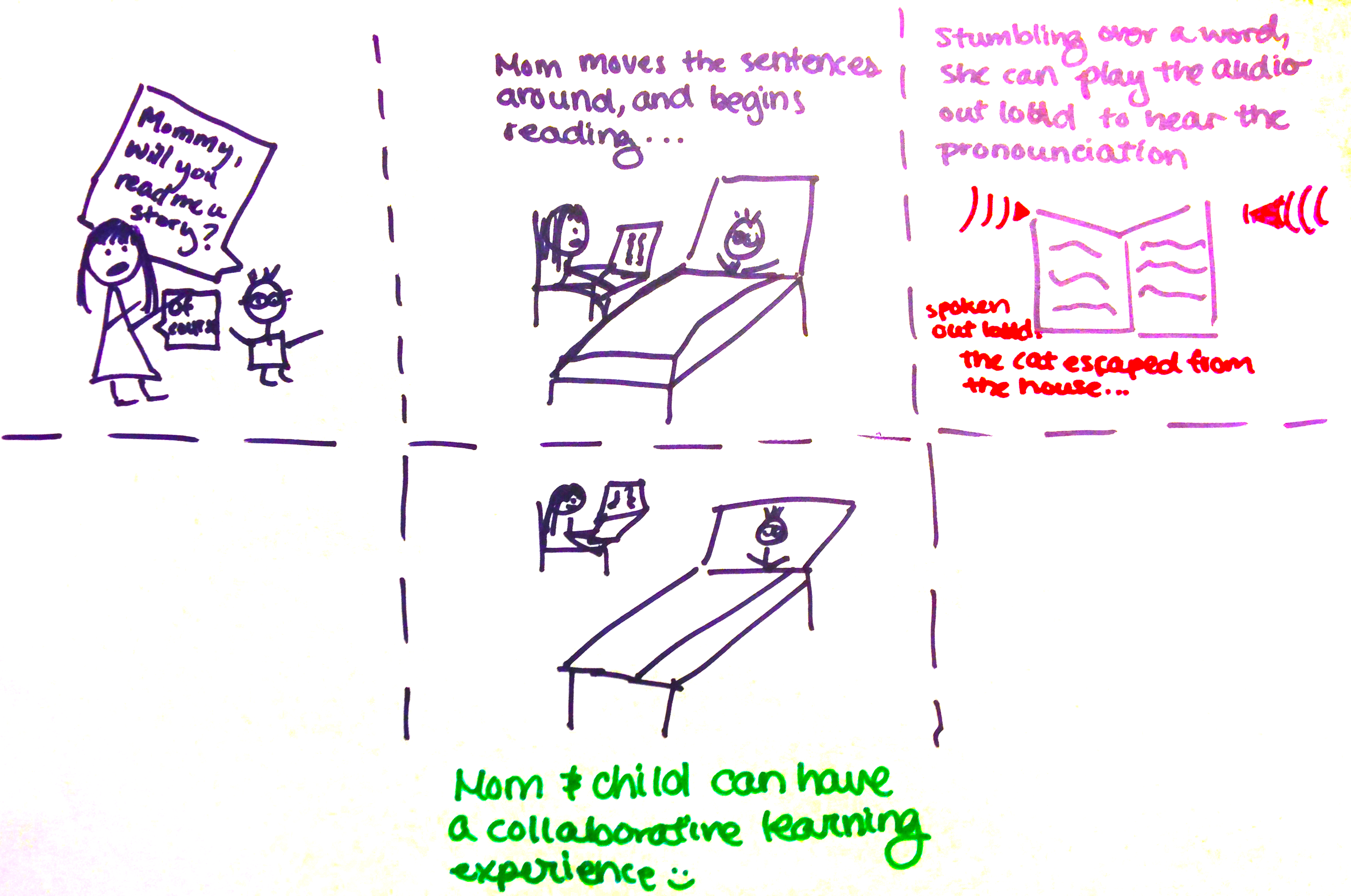
13. DollarCount
DollarCount is a way for adult learners who struggle with basic numeracy and arithmetic to learn the basics while tracking something useful: their expenses. Users can scan in bar codes of different items they would like to purchase and then are walked through the exercises of tallying up their expenses and subtracting it from what they have to spend. The level of difficulty can grow with the user – more advanced students can use it to calculate tip or understand how much they paid per pound of potatoes at the grocery store. By using numeracy in the context of money, it helps adult learners to discreetly learn while doing necessary calculations and empowers them to track their own spending.
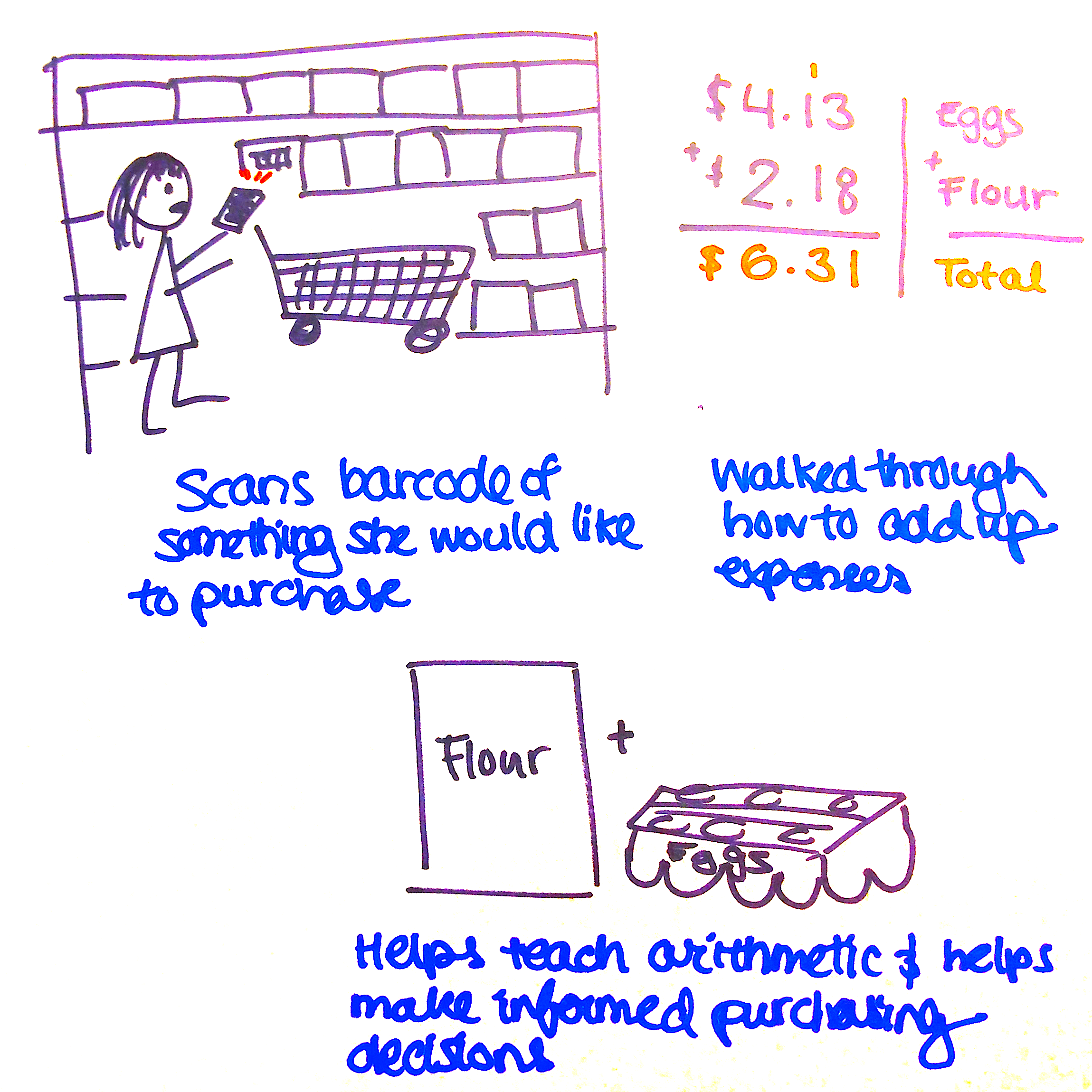
14. Project-Based Learning PlugIn
Utilizing existing technology rooted in natural language processing, this browser plug-in would index and map open education resources (Khan, Youtube, etc.) into a common library through a web crawler. Therefore, whenever a learner is online, they are creating a digital trail of not just their search history, but what academic competencies their browsing maps to. This would be a big support for project-based learning, as competencies would be documented as they did their research, rather than requiring an assessment to justify competencies. The core enabling elements of this particular idea are the competency library and NLP engine. The library is actually growing to become a full ontology and the NLP is in test development still. The library will be a public resources accessible through APIs etc. The idea is to drive innovation around this space to improve labor outcomes in general. Similarly, we would like the NLP engine to be public and something that enables more innovation from others through GitHub or other public code spaces.
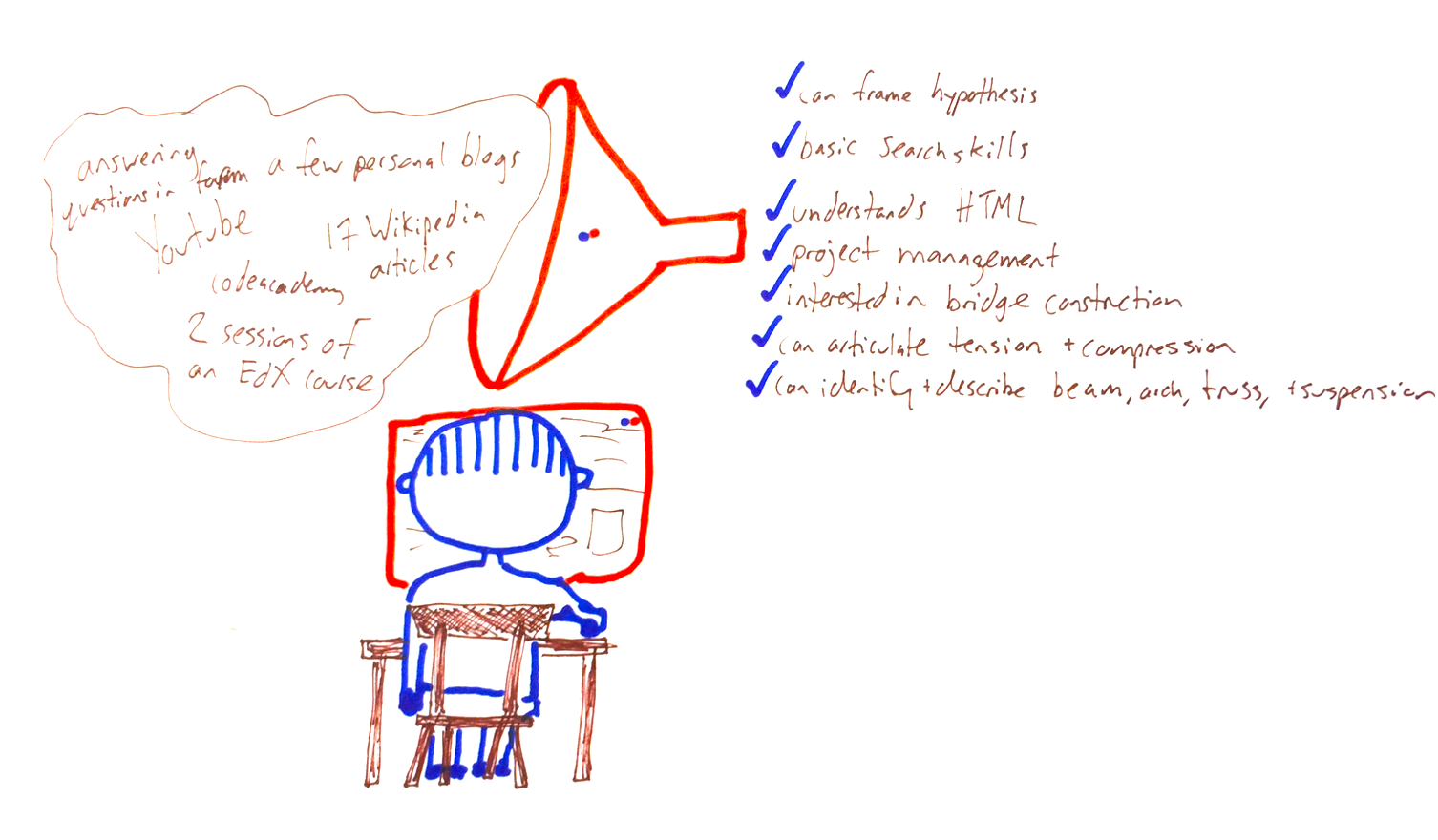
15. Changing Lives Through Literature Extension
Changing Lives Through Literature (CLTL) is a bibliotherapy program that offers alternative probation sentences to offenders. The program was created in 1991 by Robert Waxler, an English professor at the University of Massachusetts Dartmouth, and Superior Court Judge Robert Kane. At a cost of less than $500 a person, proponents say that CLTL saves the government tens of thousands of dollars when compared with the cost of housing an inmate for a lifetime at an annual rate of $30,000. The program is said to help reduce the recidivism rate among certain segments of the prison population. Former offenders credit the program for giving them a second chance. The program has received a New England Board of Higher Education award for excellence and an Exemplary Education Grant from the National Endowment for the Humanities. With technology, we can now scale this program. By creating the ability for students, probation officers, and instructors to access the material online, we hope to minimize the cost for scaling this program and make it accessible to more students in need.

16. The Job Graph
Do you really know what your 1,000+ Facebook friends do on a daily basis? Would you think about reaching out to any of them about a job? For adult learners that have earned up to a high school diploma, most of their social network is on Facebook, as opposed to the professional social-networking site LinkedIn. The Job Graph is a Facebook application that shows the user jobs and industries that their friends work in. Users can restrict their search by location and then search for jobs where they already have a contact. They can click on companies and then search through that company’s job listings. If they have questions, they can contact their friends that works at the company to ask questions such as how the application process works and what prior experience is needed. By enabling users to connect with contacts that they have at the company, The Job Graph aims to take the impersonality out of low-skills job searches and allows learners to understand what “learning path” is needed to achieve a new job.